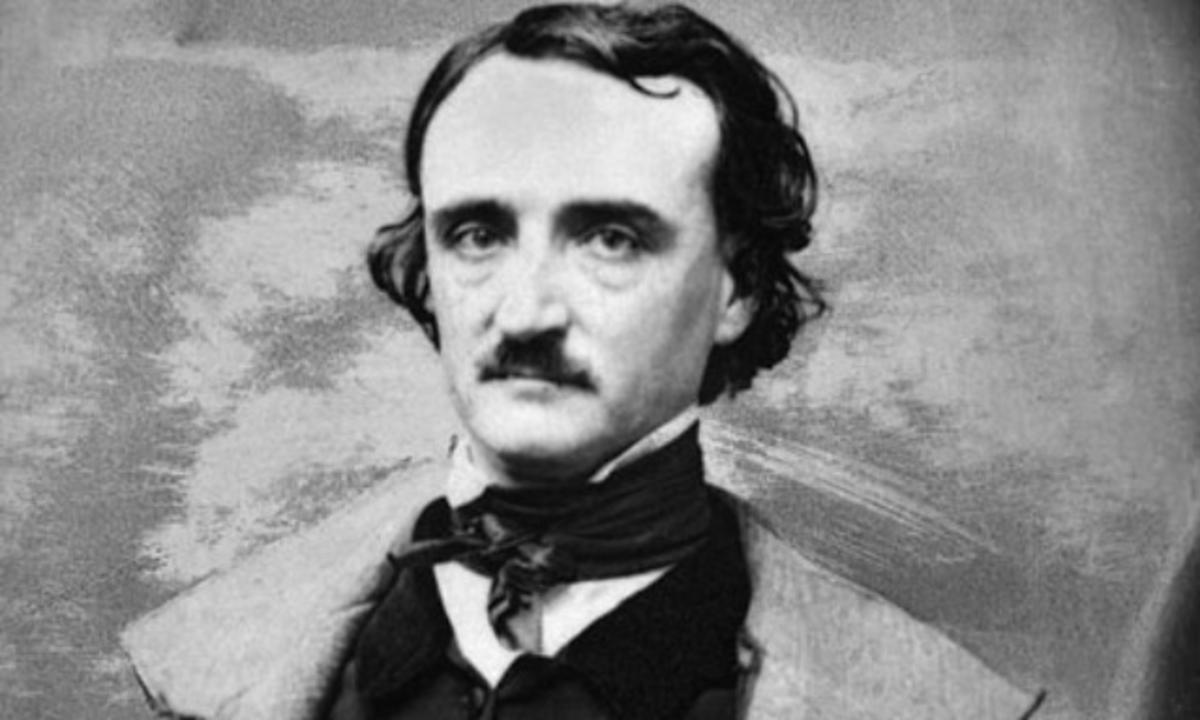I like stories within stories. Ron Weighell's contribution to
From Ancient Ravens is a tale-infested tale of a storytelling club in old Budapest. The era is one of Decadence, the characters are larger than life, and the tales they tell are correpondingly extravagant.
First up is 'The Recondite Lives of Giorgio Vasari', a story of Venice. A browser at an antiquarian bookshop becomes acquainted with two mysterious bibliophiles. They offer him the chance to examine one of their unique collection of obscure volumes, but there is catch. He can only read for as long as a lamp burns. The narrator chooses a mysterious volume that seems to be the original, unexpurgated text of Vasari's famous
Lives of the Painters. It is replete with odd and disturbing anecdotes of Renaissance Italy many obviously fantastical. Or are they? He comes to suspect that 'The world is full of gods.'
The second tale told is 'The Capriccio', a vignette concerning a sub-genre of sculpture that is new to me. An artist demonstrates her skill by carving an elaborate group of figures out of a single block of stone. This capriccio turns out radiate more than artistic beauty when it is displayed in a particular fashion. The images haunt the storyteller until he realises their hidden significance.
Another vignette, 'The Town Without a Tailor', arguably channels Clark Ashton Smith and Lord Dunsany. It is replete with magical powers and monstrous beings, and has the kind of horrific twist that Lovecraft would no doubt have enjoyed.
The fourth and final story is 'The Vanished Library', a Borgesian account of a journalist in Prague who seeks out the bizarre even when ordered to write a simple account of a civil engineering project. This tendency loses him his job, but gains him an invitation to join a select group of bibliophiles. What is the significance of cards found in obscure books bearing the image of a phoenix and the initials ILP? Is it merely an elaborate hoax?
As with all of Ron Weighell's recent work this novella is a feast of arcane knowledge and playful speculation. He delights in puzzles, tricks, and revelations that show the world to be stranger than we already suspected. The style is perhaps too rich for some palates, but there's no denying the craftsmanship that went into this box of dark delights.




 First time author Giselle Leeb has won the popular vote for issue 34! Well done to her, and a princely sum of twenty-five quid will be heading her way shortly. If not sooner!
First time author Giselle Leeb has won the popular vote for issue 34! Well done to her, and a princely sum of twenty-five quid will be heading her way shortly. If not sooner!
